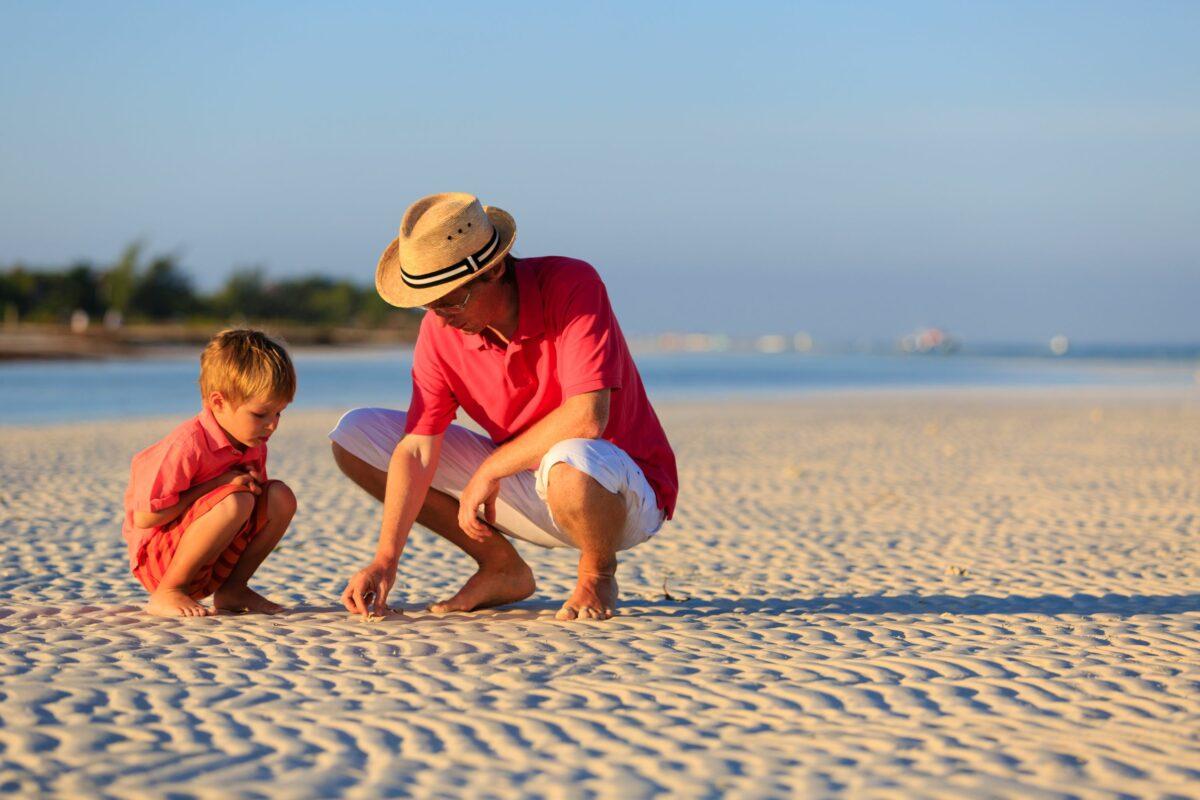Collecting shells as souvenirs is a popular pastime. I, too, occasionally succumb to the temptation to pick up a nice specimen or two from the beach. But this summer, for the first time, I found myself wondering about the legality and sustainability of a tradition I have followed since childhood. And it occurred to me that, as a young boy, I may have unwittingly broken the law on occasion. I also realized that shell collecting might not be as sustainable as I thought. To help you avoid this, I have put together some facts about shell collecting. IMAGE ©nadezhda1906 | Stock.Adobe.com
Is shell collecting sustainable?
In principle, there is nothing wrong with collecting the odd dead shell that washes up on the beach, as long as it is not a protected species. However, it should be left at that, as shells fulfil important functions in their ecosystem, such as providing shelter for small creatures or building material for the nests of coastal birds. They also provide a firm base for seagrass, which in turn stabilises the sand, slows waves and protects the coastline. Large-scale depletion can therefore have a negative impact on the local ecosystem. Care should also be taken when buying a shell necklace in a shop. They are usually harvested while the animal is still alive.
So even if you only collect one or two, ask yourself whether you really need them. After all, if every tourist takes one, it adds up – think overtourism. Besides, most of these souvenirs end up gathering dust at home anyway. Therefore, as with our sand article, my personal recommendation is to simply leave the shells where they are and opt for another souvenir.
In which countries is it legal?
Regulations on collecting shells vary around the world and depend heavily on local environmental and wildlife protection laws. In some countries, such as Germany, it is permitted to collect small quantities for personal use, while in others, such as Turkey, it is strictly forbidden or only permitted under certain conditions. It is therefore always advisable to check the regulations at your destination before travelling. It should also be noted that the maximum number of giant clams allowed into the EU is three.
Here is a brief overview of the countries:
Permitted:
- Germany
- France
- Greece
- Croatia
- Portugal
- Spain
Prohibited:
- Italy
- Turkey
- Egypt
- Dubai
- Dominican Republic
- New Zealand
- Cyprus
In the end, I hope this little overview will help you not to make the same mistake I did 😀 And maybe even make you rethink collecting shells. I definitely did!




